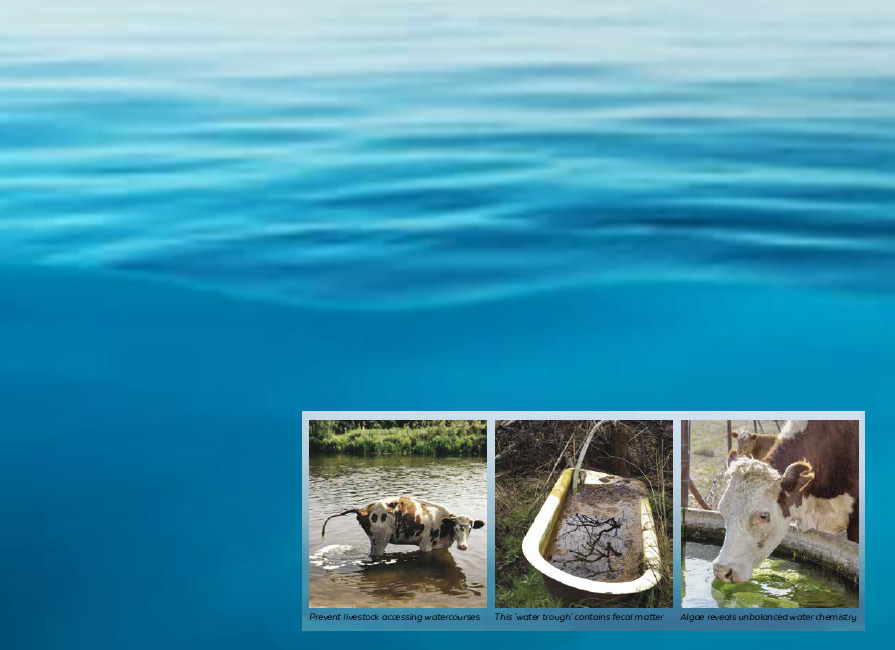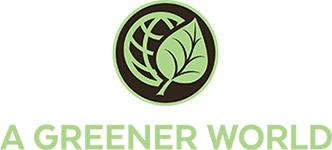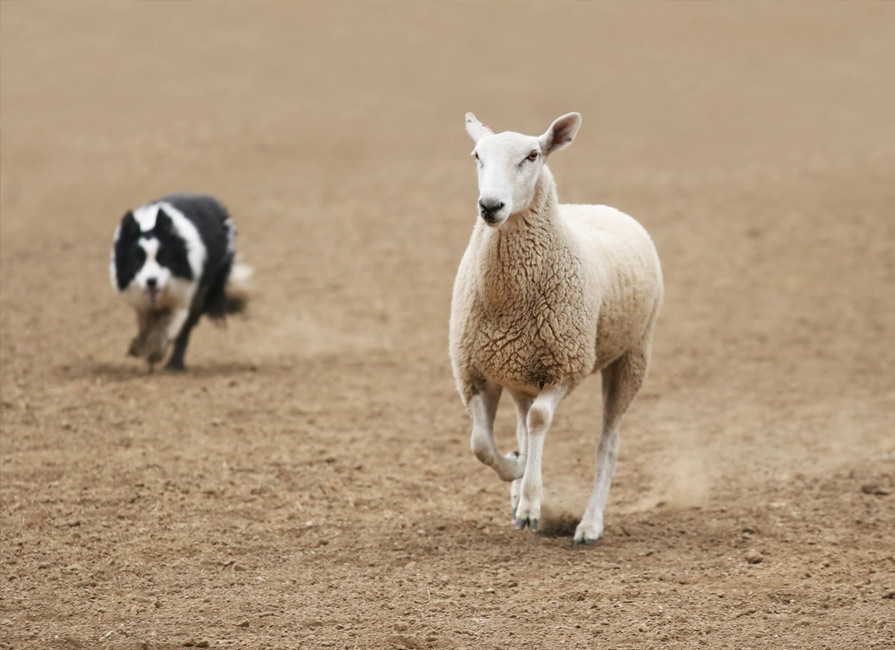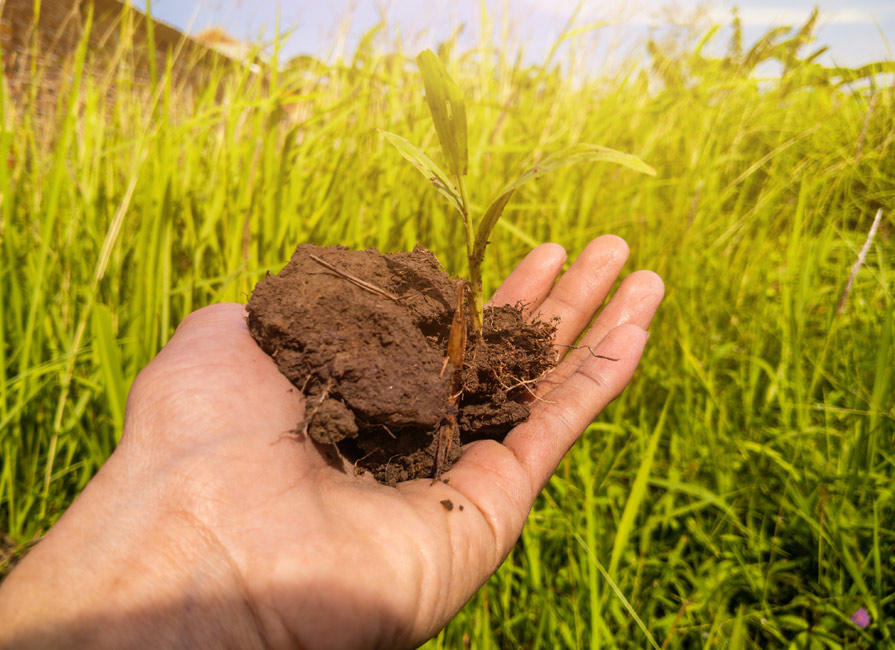Training a working dog for sheep requires commitment, skill and patience—particularly for the Border Collie,…

In the Drink
Water is arguably the most important nutrient on earth.
It is “the universal solvent,” providing just the right electrical charges to free important minerals for use in the body. Water-based lymphatic fluid flows between cells to deliver nutrients and remove waste products for excretion in urine and sweat. It keeps exposed tissues moist, evaporates for cooling, and helps keep animals warm in cold weather.
If water is critical to the biological processes that sustain growth, health, and reproduction, then how come “leading your horse to water” isn’t enough?
Water for productivity
While water contaminants sometimes contribute to disease, most livestock water quality issues are actually water quantity issues.
Water access may be limited by competition, distance, mud, or stray voltage at the trough. When available water is unappealing, animals don’t drink enough. Feed intake drops, health problems are exacerbated, and production decreases.
Research has shown that cows with free access to water produce more milk and higher butterfat than cows that only access water twice daily. Even with free water access, one study reported 23% more daily weight gain in heifers whose water was cleaner. Cow-calf pairs showed similar effects, with 22% better gain in one month for calves whose mothers had access to cleaner water. Another researcher found that steers with access to cool drinking water will gain an extra 1/3 pound per day compared to those drinking warm water. In these studies, the groups that gained less weren’t sick: their water was simply less appealing, so they drank less.
For decades, researchers have noted increased milk production and milk constituents in lactating animals, better rate of egg lay, and weight gain in all species when water quality is improved. If you want to sabotage animal health and productivity, limit water palatability or intake.
Minerals and pH
Most livestock species tolerate a pH range of about 5.5 to 8.3. For dairy animals, a narrower range of 6.0 to 8.0 is preferable. Water that is too acidic or too alkaline can cause diarrhea, poor feed conversion, and reduced intake.
Many minerals factor in salinity, reported as total dissolved solids (TDS) or total suspended solids (TSS). Hardness, on the other hand, refers only to calcium and magnesium. Hardness alone does not diminish intake or directly affect productivity or health. But pigs, ruminants and avian species consuming high-salinity water demonstrate reduced water and feed intake, poorer weight gain and reproductive performance. Tolerance of minerals in water depends on species, age, diet, and health status. It can also vary by climate or season. Gradual change can help animals adjust to water with different mineral content.
Other than calcium from limestone, minerals in water are not utilized as nutrients. However, these substances are sometimes involved in subtle physiological effects or complex chemical interactions. For example, most animals can acclimate to sulfates without harm, but high-sulfate water interacts with certain dietary minerals to cause serious neurological disease. The rare, unpredictable nature of these health effects—and their absence in most herds—points to complex inter-actions that reach far beyond water quality. If you suspect issues related to mineral content of water, an expert nutritional consultant may be warranted.
Nitrates
In livestock, the usual sign of nitrate poisoning is sudden death. Dairy animals may show reduced milk production without any other signs. Drought-stressed cereal crops tend to be the primary culprit, but nitrate toxicity can be exacerbated when nitrogen from fertilisers, waste, or decaying plants and animals accumulates in surface water and shallow wells. Different species metabolize these compounds very differently, so consult animal health and water quality experts if nitrate toxicity is a concern.
Turbidity and microbes
Most stock tanks host a biological ecosystem. The key to minimising pathogen risks is not sterility but environmental management. In one study, thoroughly disinfecting troughs increased coliform bacteria counts. Other studies also show that water treatment can increase E. coli O157 counts.
Sunlight suppresses some bacteria, yet promotes other microbes (as well as algae). Many of these effects are due to competition and predation among the entire community of microorganisms. Combat anaerobic bacteria by oxygenating stagnant water sources and scrubbing containers regularly to remove biofilms. Before applying any chemical water treatments, take time to understand their full effects.
Any source of turbidity (particles) can make water less palatable, but manure levels as low as 0.005% are enough to decrease water intake. Surprisingly, giardia, cryptosporidium, and other waterborne fecal parasites are sometimes present in entire herds without signs of disease or poor performance. But these and many other parasites can and do cause disease in other herds. Do your best to prevent manure from entering drinking water!
Agricultural contaminants and algae
For many agricultural or industrial contaminants, no safe levels are established for drinking water. A few algae species produce dangerous cyano-toxins, and consumption of these toxins must be prevented. If your water source is subject to high-nitrogen or high-phosphate runoff from fertilisers or poultry manure, be prepared to mitigate algae growth. Seek expert guidance when using treatments that can adversely affect aquatic systems or animal health.
The agroecosystem
In a well-stewarded pasture, soil structure slows percolation of water, giving countless critters time to capture animal waste and inactivate many contaminants. Livestock with direct access to ponds or streams, or animals whose waste is carried by runoff, send their problems downstream to affect their wild and domestic neighbors.
Animal waste can add excessive nutrients and pharmaceuticals, decrease penetration of sunlight, and disrupt biological balance of the aquatic ecosystem in ways that favour pathogens and toxic algae. Take care to keep manure out of surface water, wells, and shallow water tables.
Conclusion
Generally speaking, animal health problems are not caused by what is in the water. Rather, water-related health problems arise due to stress caused by inadequate supply or unpalatable water. Both lead to reduced intake, undermining animal health and productivity.
Prevent manure from entering drinking water and remember that small mitigations in water quality can make a big difference. Your veterinarian can help narrow down possible waterborne causes of unexplained maladies. Local water quality or extension experts are your best resources to decide what water testing or treatment may be required.
Author: Jennifer Gravley DVM is a veterinarian and educator with a special interest in the intersection of food animal medicine and public health
Originally published in the Spring 2023 issue of AGW’s Sustainable Farming magazine.



